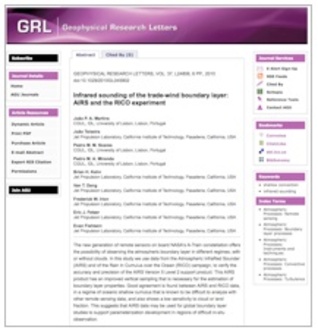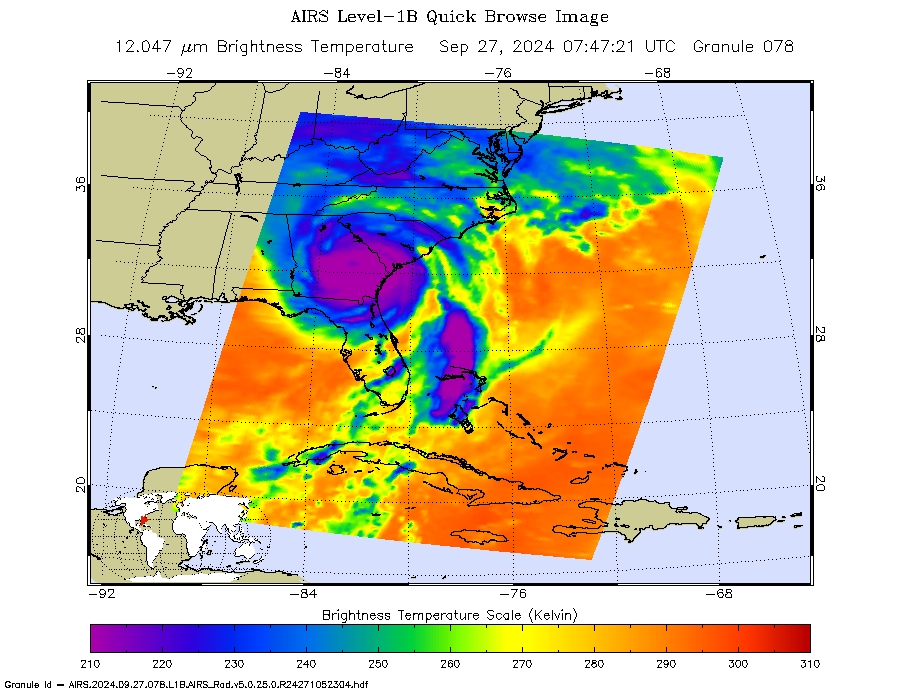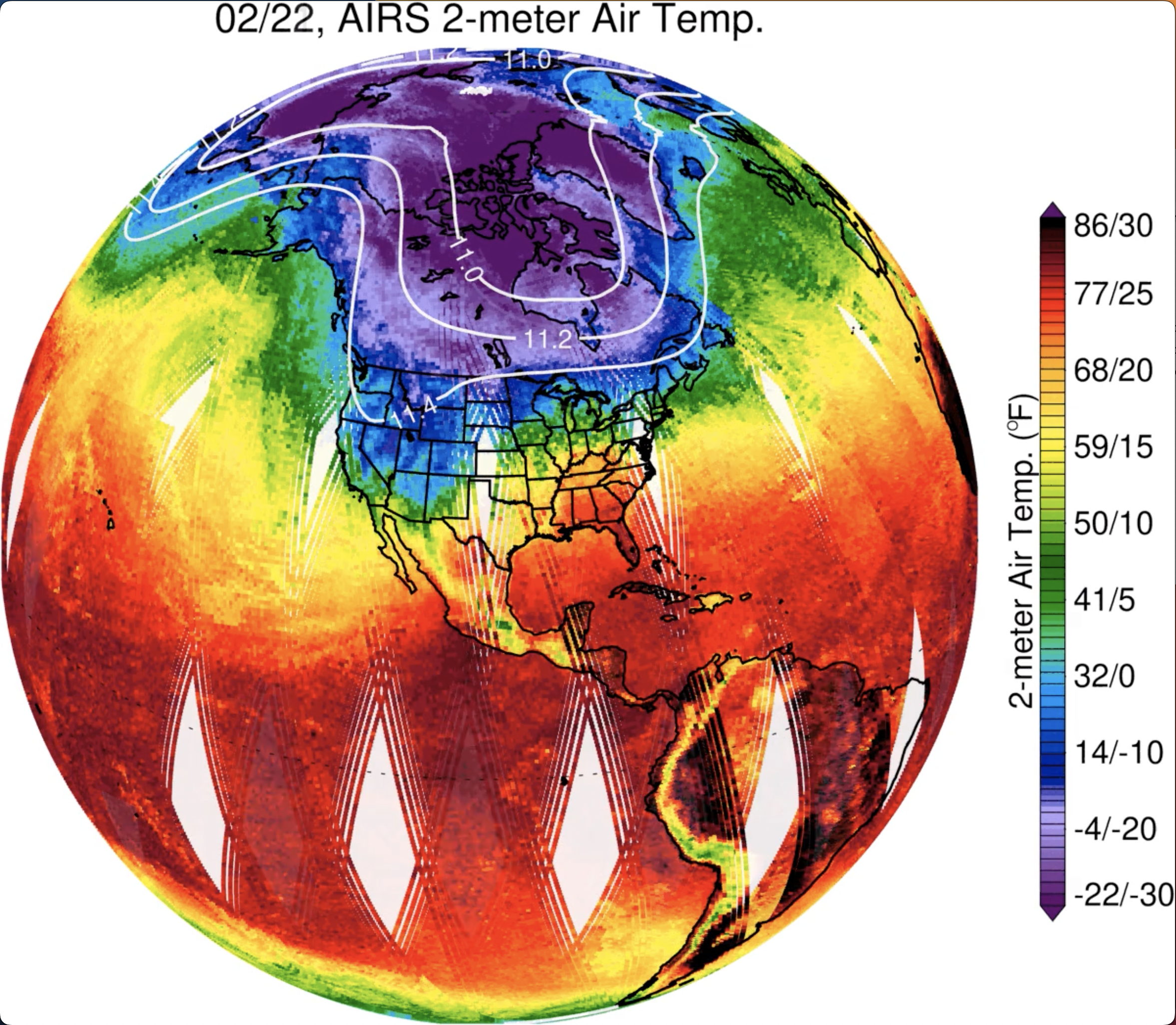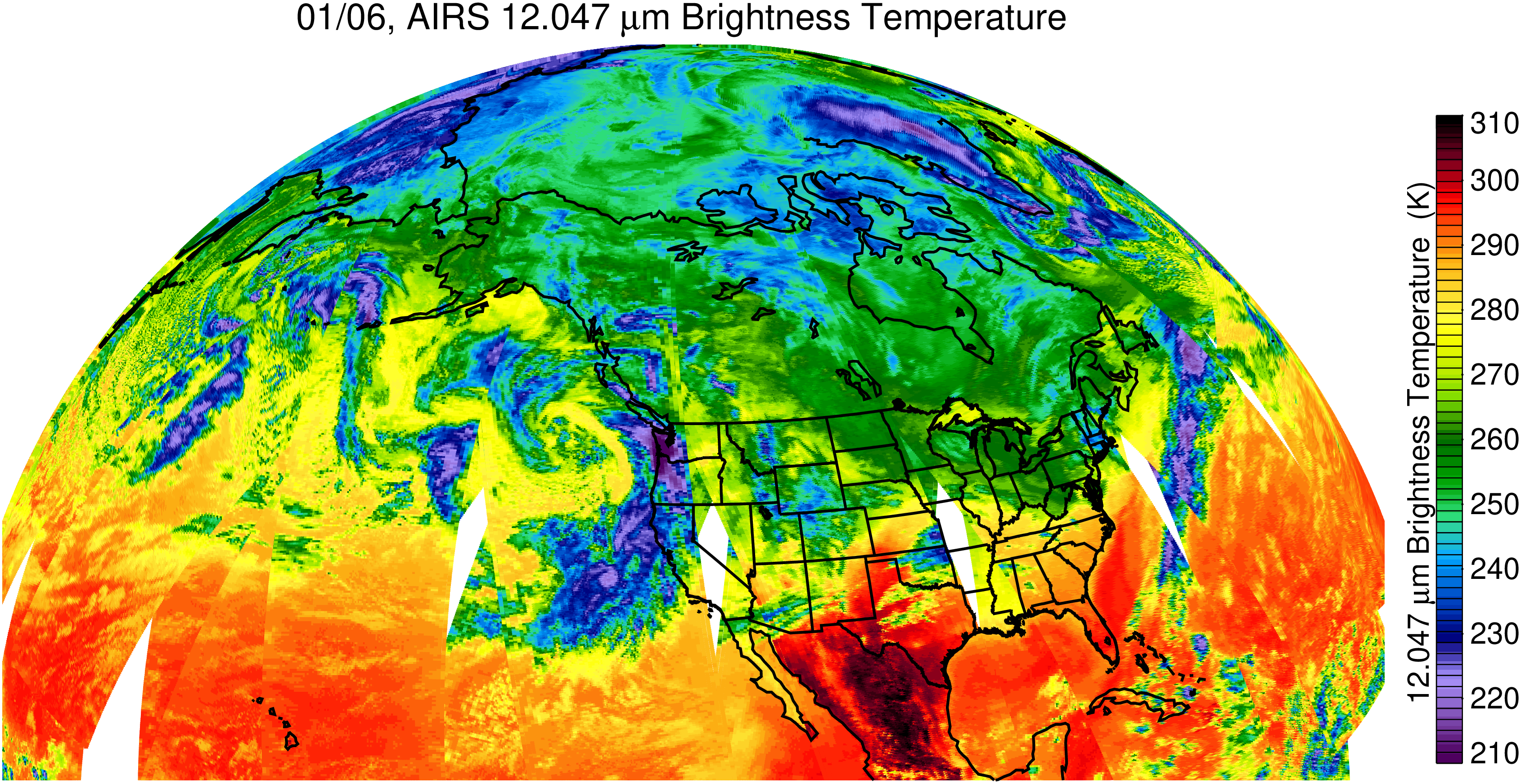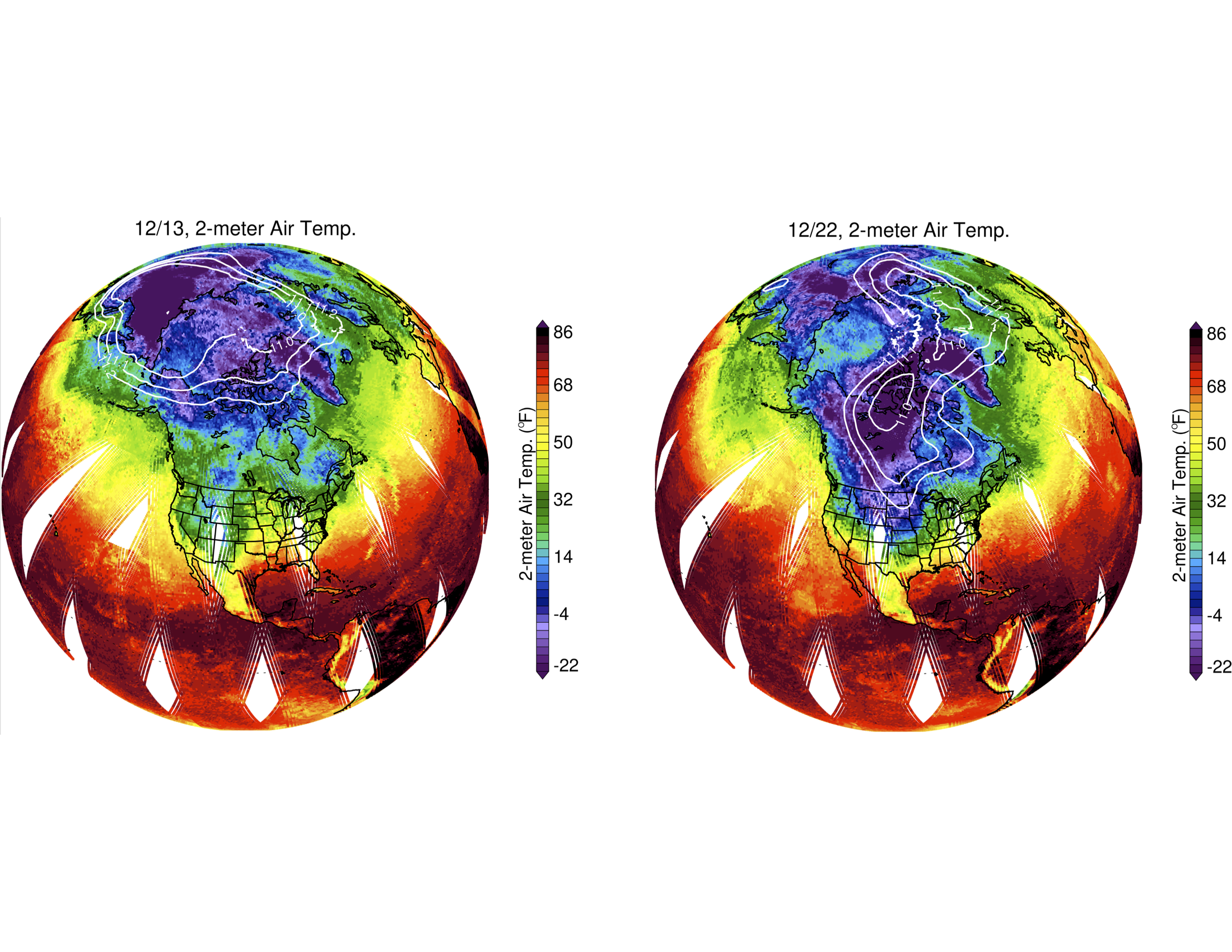News | December 22, 2010
Your paper, three questions: Infrared sounding of the trade-wind boundary layer: AIRS and the RICO experiment

Published in Geophysical Research Letters
In a nutshell, what is your paper about?
The paper is about a comparison of a series of retrievals of temperature and moisture atmospheric profiles obtained using the Atmospheric Infrared Sounder (AIRS) suite, (which is on board the Aqua platform) against those of a field campaign performed in the Caribbean islands of Antigua and Barbuda, known as RICO (Rain in Cumulus over the Ocean). For that purpose we used a nearly unexplored, high vertical resolution AIRS dataset, known as the AIRS V5 L2 Support Product, which samples the atmosphere in a 100-level grid.
What did you find out?
The work shows that the aforementioned product is actually able to reproduce the main features of the vertical structure of the lower troposphere in a trade wind cumulus regime. This type of regime occurs in large areas of the globe (not only in the Caribbean, where the field campaign took place) and it is characterized by the occurrence of small and shallow clouds and perhaps more importantly, by a so-called temperature and moisture inversion, above which the convective clouds aren't able to penetrate. This inversion defines the height of the Planetary Boundary Layer (PBL), which is the atmospheric layer that is closer to the ground and where all the moisture, energy and momentum fluxes from the ground to the atmosphere take place. This a parameter of critical importance in weather and climate models.
Direct measurements of PBL height have only been possible using radiosondes that sample the atmosphere in specific locations. However, in this work we show that the inversion is clearly seen in the AIRS profiles and due to the global nature of satellite remote sensing measurements, this instrument actually has the potential to provide the necessary information to know the PBL height not only on trade wind cumulus dominated regimes, but also globally. This will allow the improvement of weather and climate models, since it is well known that the representation of PBL processes are one of the major sources of uncertainty in these models' projections.
What aspect of your research might the general public find interesting?
With the new generation of satellite instruments such as AIRS we are being able to measure the atmospheric properties in a three-dimensional way with unprecedented detail. Such a rich database will help the scientific community to gather the necessary tools to improve the models we use to predict weather and perhaps more importantly, climate change.
[[IMAGE||/system/internal_resources/details/original/65_16.jpg||Left||211||16||||||158||http://www.eol.ucar.edu/projects/rico/]]
The RICO Field Campaign
Rain in Cumulus over the Ocean (RICO) was a field program sponsored by the National Science Foundation whose objectives were to evaluate precipitation in association with shallow cumulus across a broad range of scales.
About The Paper
Abstract
The new generation of remote sensors on board NASA's A-Train constellation offers the possibility of observing the atmospheric boundary layer in different regimes, with or without clouds. In this study we use data from the Atmospheric InfraRed Sounder (AIRS) and of the Rain In Cumulus over the Ocean (RICO) campaign, to verify the accuracy and precision of the AIRS Version 5 Level 2 support product. This AIRS product has an improved vertical sampling that is necessary for the estimation of boundary layer properties. Good agreement is found between AIRS and RICO data, in a regime of oceanic shallow cumulus that is known to be difficult to analyze with other remote sensing data, and also shows a low sensitivity to cloud or land fraction. This suggests that AIRS data may be used for global boundary layer studies to support parameterization development in regions of difficult in-situ observation.
Citation
Martins, J. P. A., J. Teixeira, P. M. M. Soares, P. M. A. Miranda, B. H. Kahn, V. T. Dang, F. W. Irion, E. J. Fetzer, and E. Fishbein (2010), Infrared sounding of the trade-wind boundary layer: AIRS and the RICO experiment, Geophys. Res. Lett., 37, L24806, doi 10.1029/2010GL045902.
About Joao Martins
Joao P. A. Martins is a Phd student at the University of Lisbon's Instituto Dom Luiz, where he is a member of the Faculty of Science of the University of Lisbon, Portugal.
Joao has a degree in Meteorology, Oceanography and Geophysics and his scientific Interests include mesoscale and boundary layer meteorology, and fluid mechanics.
You can view his web page at:

